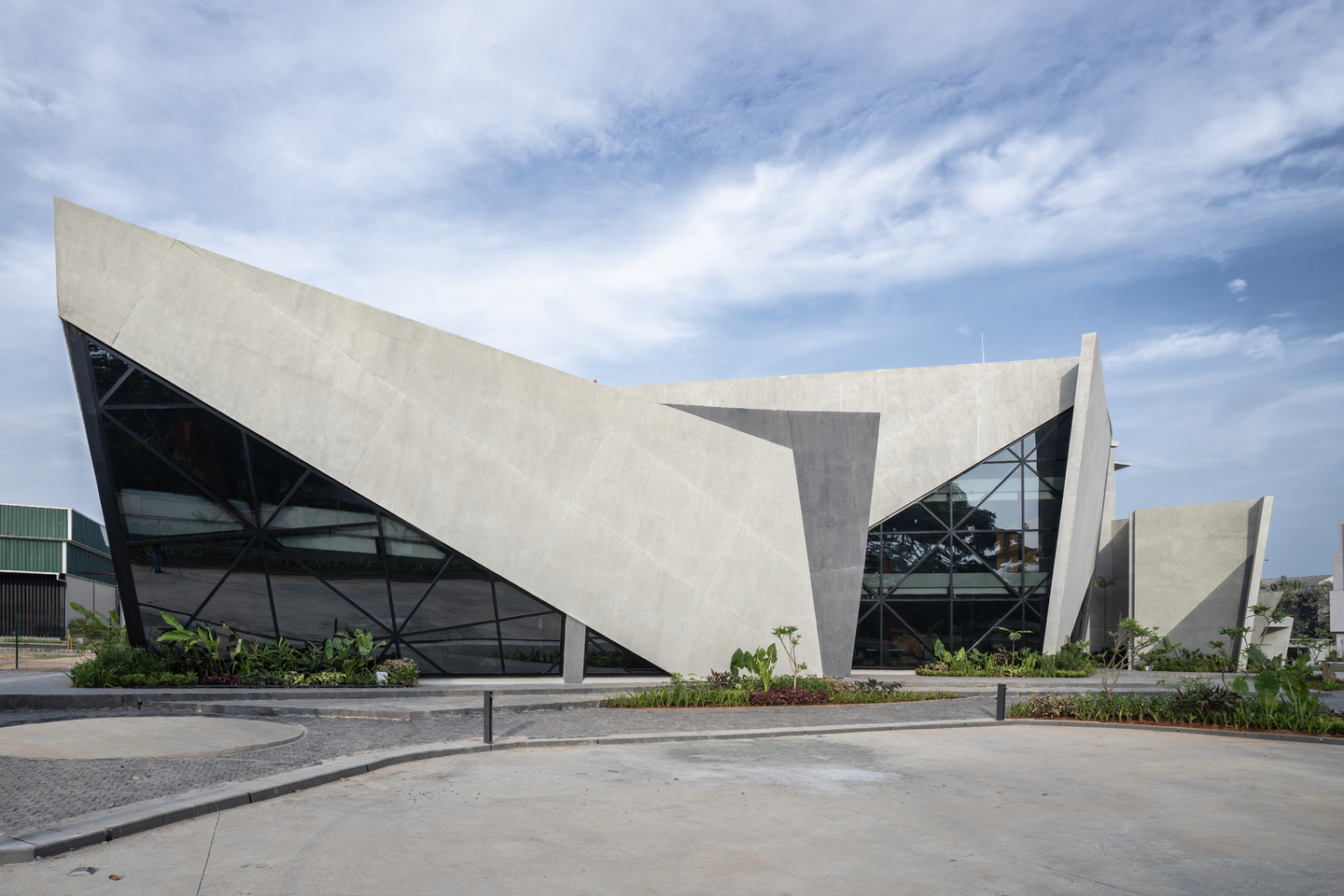When we talk of sustainable architecture we usually think in terms of specific issues- energy, emissions, and waste management. Most architects are thus conscious about the fact that their work ends up consuming energy from fossil fuels, that it releases carbon dioxide and other gases or particles into the air, and that the sewage from buildings pollutes underground water sources. However, I suspect that we don’t think (or talk) enough about a primary ecological effect of building- the spoliation of land.

This is an important lacuna. Land is not just a firm base for buildings to stand on. We know that human life itself depends on the existence of good quality land- traditionally, land has provided materials for food, clothing and shelter. It takes centuries of natural processes for land to be formed such that it can yield good crops and support forests. The fate of land (and water) is the fate of the organisms that survive on it. And yet, land (like water) is among the first things to be damaged by any human activity that is thought of as ‘development’.
How is land damaged when we build? The direct damage (or disturbance) to land due to building includes the disturbance, or destruction of topsoil in the process of excavation for foundations and basements, the building or roads and even landscaping. Rare is the building site where the top soil (or top layer of six to eight inches, which is the most fertile part of the soil) is carefully kept separate from the deeper layers and replaced as the top layer during backfilling.
Another direct damage in construction is the disturbance to the biological activity in the excavated part of the land. We sometimes forget that land is not the earth alone, but also its biological content and history. Land includes life, even as it supports it. So excavated and backfilled earth can never be the same as found land.
The indirect damage to the land is perhaps even greater, except that it is often damage to remote, dispersed lands. Out of sight, it remains out of mind. Most material and energy used in building or using a building (as in anything else), comes from the lithosphere, with some harvested from the biosphere.
We mine, quarry and drill for metals, stone, sand, coal and oil and usually damage a lot of land for a small amount of steel reinforcement, stone slabs, brass handles or electric power.
Unfortunately for our children, the mines and quarries that yield valuable resources often also host some valuable biodiversity so we not only cut the land but kill its biological content. Of course, we also cut forests themselves for doors and windows (and for wood panelling that is discarded in five years by the next interior designer) or overharvest wood to leave the land on which it grew bereft of essential nutrients for future vegetation.
When we build a house, thus, it looks like we destroy a much larger part of the land (that occupies, moreover, only a quarter of the planetary surface). Money makes a bigger house possible, so we blithely plan to move to another building, that is built at the cost of another little forest on a mountain, and another fertile plain.
The numbers game might even help us towards some kind of energy or carbon balance, but what would we be able to do when our architectural (and economic) ambition finally exhausts or destroys all land that we found on the planet?
Very little, unless we build on water, or colonise space, till those ‘firm bases’ are destroyed too. Meanwhile, if we don’t want to see the land slipping away from under our feet, we could also reconsider the size of our real and dream spaces, and encourage others (like our clients) to do so too.
Attitudes towards land have changed significantly over the last couple of hundred years in India, so today it is largely viewed as a commodity that can be bought and sold, and which often promises high returns on investment. This partly explains why we may fail to consider the damage to land seriously.
Land is affected by buildings directly and indirectly. When we build we not only dig within the footprint of the building but also disturb the soil around the building, for roads, ancillary structures and yes, landscaping.
The simple and obvious fact is that all building damages land directly or indirectly and architects have a responsibility to focus on this fact. While we think about more abstract effects like energy, we must also consider the impact of our buildings (and all development) on the land they stand on as well as on land elsewhere.
About the Author

Himanshu Burte, is an architect and an Assistant Professor at the School of Habitat Studies, at Tata Institute of Social Sciences, Mumbai. A graduate of Sir JJ College of Architecture, Mumbai (B. Arch. 1990), has been actively involved in architectural practice, research, writing and teaching. Himanshu has written extensively on architecture, art and urbanism in the popular and professional press, and has been invited to speak at many national and international conferences in India and abroad.
His first book, ‘Space for Engagement: The Indian Artplace and a Habitational Approach to Architecture’ was published in 2008 by Seagull Books, Kolkata _ Read more about him here.







One Response
Well said, Himanshu. This article reminds me of why I got into sustainable architecture in the first place. As architects, we have a huge responsibility towards the environment — one that we cannot afford to shirk.